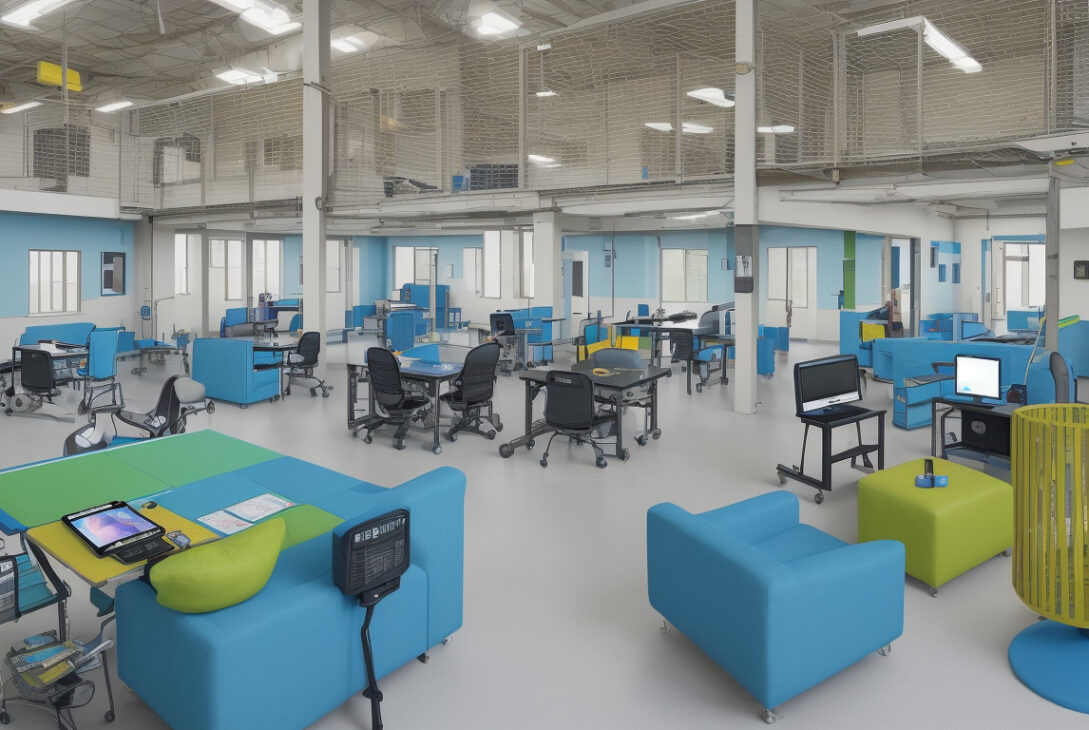Technology Access Key to Survival for Formerly Incarcerated Individuals
When Mac Hudson was released from prison in 2022 after serving 33 years, one of the biggest challenges he faced was adapting to a world transformed by technology. Sentenced to life in prison at 17 in 1990, Hudson’s entry into the digital age was nearly nonexistent. “I was completely lost,” he admitted, recalling how unfamiliar he was with smartphones, online job searches, or navigation apps—all essential tools for navigating the outside world today.
Hudson’s experience reflects a larger issue facing many incarcerated individuals: the digital divide created by imprisonment. While access to technology has rapidly expanded in Massachusetts county jails and state prisons over the past two years—with all incarcerated persons now provided tablets offering educational content, communication services, and entertainment—many advocates argue that more needs to be done to equip those serving time with the skills and tools they’ll need once released.
Bridging the Digital Gap Behind Bars
The Massachusetts Department of Correction (DOC) has taken steps to integrate technology into rehabilitation. Alongside distributing tablets, the DOC offers coding classes and is exploring remote work opportunities for incarcerated residents, inspired by a similar program in Maine. The DOC has also issued requests for proposals aimed at expanding digital services, including giving residents access to their medical records and combining multiple services such as phone calls, device access, and educational programming under one provider.
Six county sheriffs’ departments in Massachusetts have started or plan to launch digital literacy pilot programs, aiming to prepare incarcerated individuals for reentry into a tech-driven society.
Despite progress, advocates like April Feng, CEO of the Boston-based tech nonprofit Ameelio, emphasize that systemic change is essential. Ameelio, which helps run digital literacy efforts in local jails, is pushing for replacing the current for-profit prison telecommunications providers with public-interest, nonprofit models that prioritize rehabilitation over profit.
“The current industry is dominated by just two companies, ViaPath and Securus Technologies, with the latter serving Massachusetts facilities. These vendors often charge families exorbitant fees for calls, exploiting a captive market,” Feng explained. “If we remove profit and replace it with community-centered partnerships, we can provide better, more affordable, and higher-quality tech services for incarcerated people.”
From Isolation to Connection
In late 2023, Massachusetts became the first state to offer free phone calls to people incarcerated in both state prisons and county jails. While this policy shift has dramatically increased call volume—by over 150 percent at a cost exceeding $22 million in fiscal year 2025—it underscores the importance of maintaining connections between incarcerated individuals and their families. Shawn Jenkins, Massachusetts DOC commissioner, called these connections “probably the most important rehabilitative factor for successful reentry.”
Yet, connectivity is about more than just phone calls. Access to information, education, and resources while incarcerated helps reduce recidivism by easing reintegration. Virginia Benzan, leader of the Massachusetts Digital Equity Coalition, pointed out that many people enter the prison system from marginalized backgrounds with limited resources. “If we transition everything online and don’t consider equal access,” she said, “we’re expanding disparities that already exist.”
Brian Donoghue, Boston’s chief digital equity officer, noted that nearly half of formerly incarcerated residents rely on public Wi-Fi at bus and train stops post-release compared to 16 percent of the overall population, highlighting persistent access gaps. “Digital access has become a gatekeeper for basic survival,” he said.
Looking Ahead
Programs like Ameelio’s digital literacy classes, delivered in partnership with nonprofits such as Tech Goes Home and funded by a $4 million grant from the Massachusetts Broadband Institute, seek to address these challenges. Enhancing digital skills empowers formerly incarcerated individuals not only to meet daily needs—like paying bills and finding transportation—but also to advocate for themselves by participating in legislative hearings or public forums.
Sheriff Donna Buckley of Barnstable County recently launched a digital literacy program and underscored that communities must bear responsibility for easing reentry. “We decide when someone is incarcerated, but it’s also our duty not to punish people indefinitely by making reintegration impossible,” she said.
As technology becomes ever more integral to everyday life, ensuring equitable digital access inside correctional facilities—and on the outside after release—is emerging as a key factor in supporting rehabilitation, reducing recidivism, and building safer communities. For individuals like Mac Hudson and many others, bridging this digital divide is not just about convenience—it is essential for survival.










